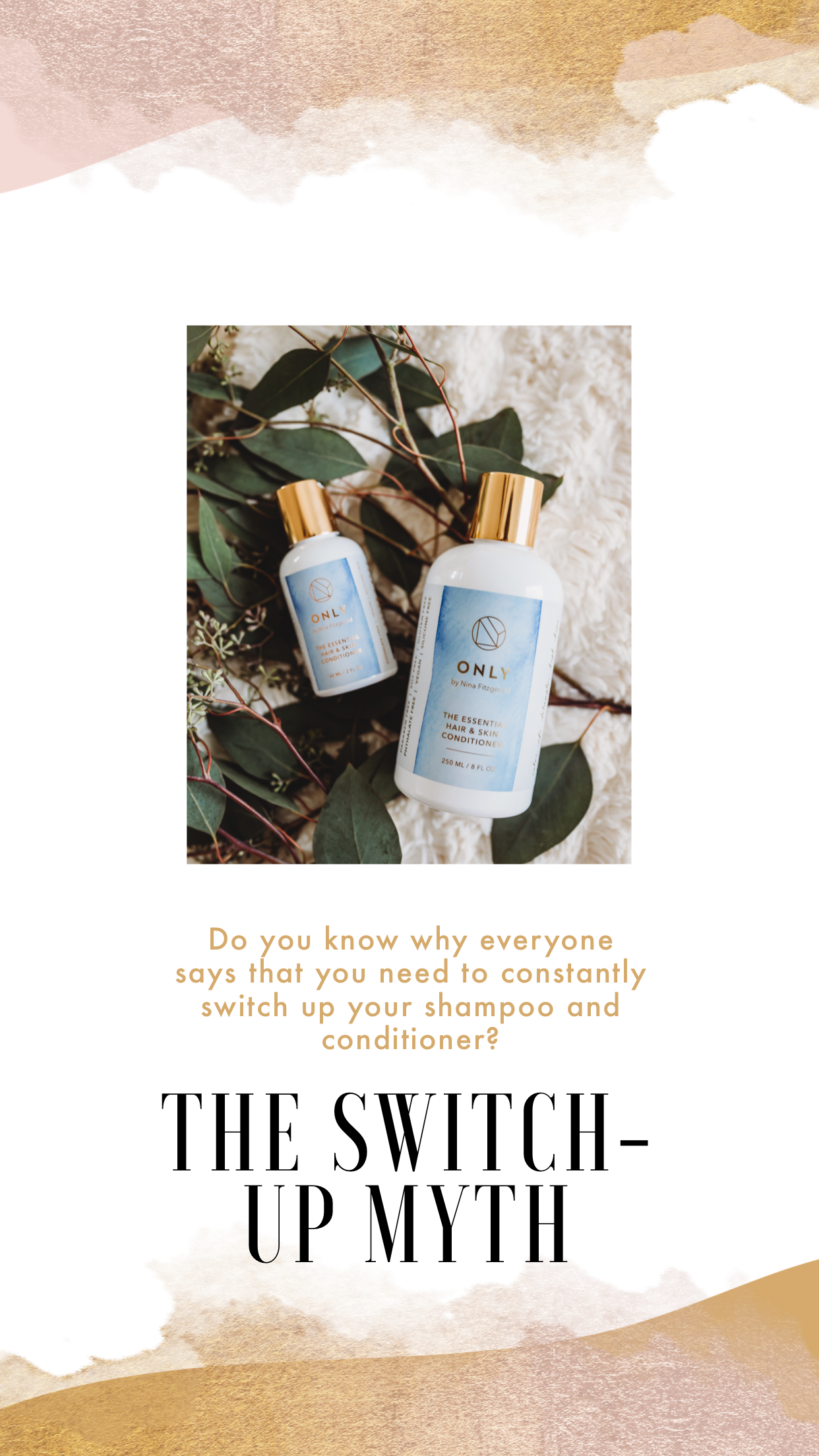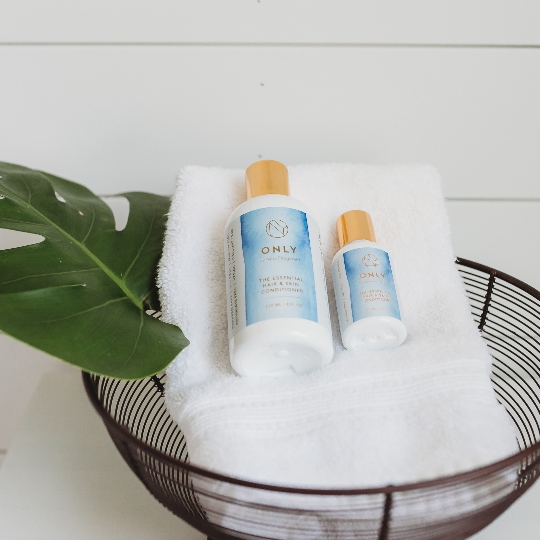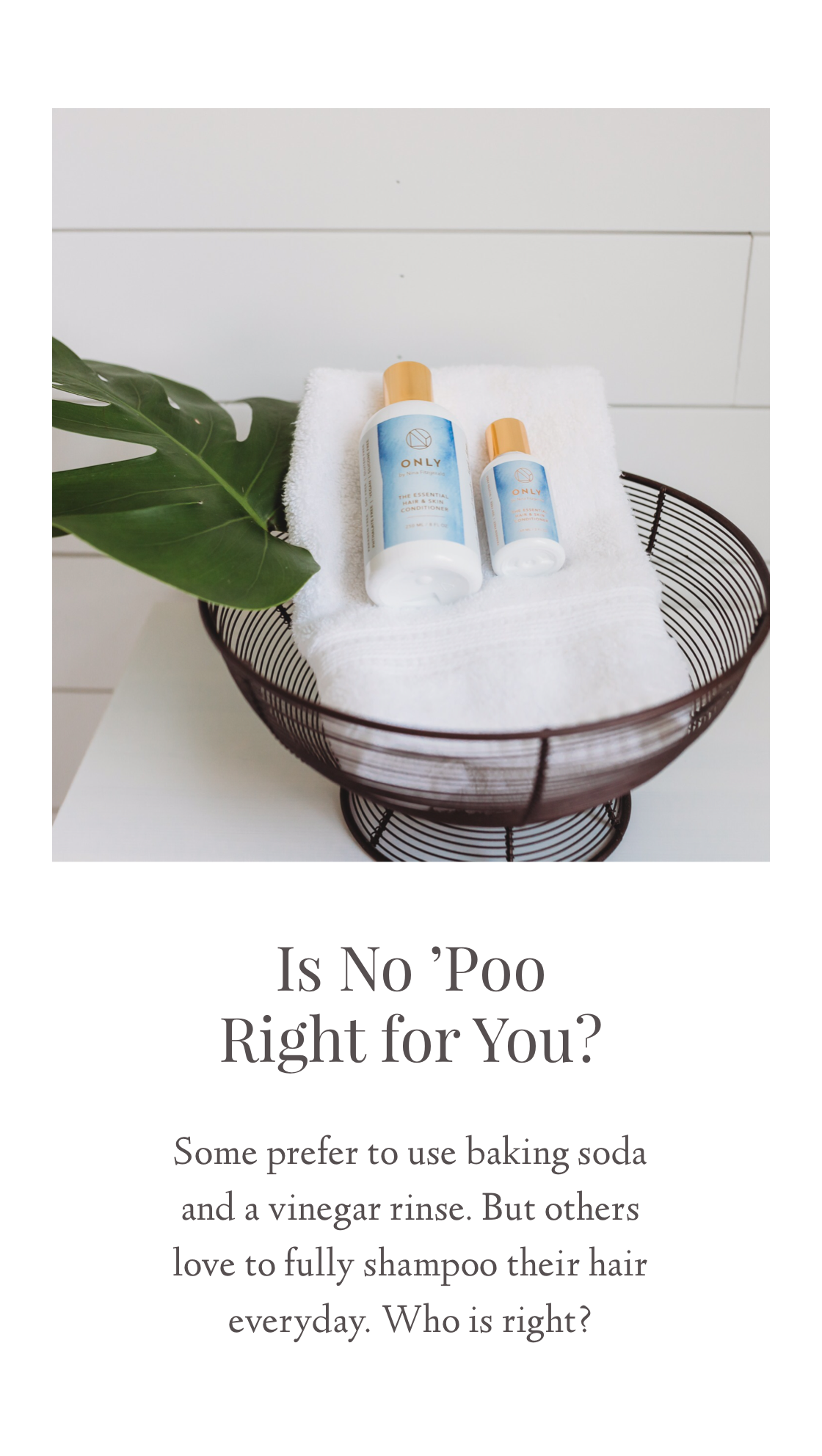New products: what to ask (and how they should answer)
If it seems too good to be true, it just might be. And it would be good to look up some of the ingredients in question, and ask the seller a couple of questions.
Pretend that someone tells you something about a product that claims “X,Y and Z.” (Being the kind of person that will fall for any new apparatus that will seemingly make my life easier or more organized, it is easy to market to me in these areas.)
But give me a new product, and I automatically ask all of the questions.
Check the claims
For instance, imagine someone tells you, “This lightbulb is guaranteed to work for 13 years, averaging a cost of $1.47 a year.”
—> Then you read the fine print, “Based on an average of 3 hours per day.”
Will you end up paying more for that bulb’s energy in the long run because you use it more than 3 hours a day? The answer is yes. But, your subconscious will hold onto the positive aspects of it only being $1.47.
Not everyone is going to ask the tough questions or know how to handle situations where someone is claiming all of the amazing benefits of a new fad.
But what about your hair and skin products? “I have this brand-new product for you to try, and it has this rare oil from a plant that only grows from this small creek in Oregon called ‘XYZ’ and it’ll do ‘ABC.’ ”
If it seems too good to be true, it just might be. And it would be good to look up some of the ingredients in question, and ask the seller a couple of questions.
The Right Questions (and answers)
What can you tell me about the pH of the formula? (This is important because all hair and skin works best when it can be balanced to its normal pH). —> If this answer isn’t around 4.5 to 5.5, it’s not what you need.
What do you do to increase hydration? —> If this answer has anything to do with a specific oil, butter (think shea or coconut) or silicone, run away. OK don’t run, but remember that oil does not bring more water into the skin or hair because oil and water do not mix. Oil can make something feel softer, but oil doesn’t contain water. Water is the only thing that can rehydrate.
Is it safe to use this product on my scalp (roots-to-ends) and on my face? —> If you make it this far and someone tells you “yes,” I need to speak to them because I feel like the creator and I would be best friends.
How ONLY Works
ONLY has a resulting pH of 5, and all hair -- no matter your age, hair type or ethnicity -- wants to come back to this pH. ONLY increases hydration with ingredients that continuously pull water from the air (the guar hydroxypropyltrimonium chloride or honey). ONLY is made to be used on-scalp, roots to ends, and on the rest of the body. It will never make you feel “greasy” because it doesn’t contain any oils.
And it will actually give you the softest hair WITH volume.
Imagine that your skin looks lackluster, then you drink a lot of water for a couple of days. Your skin will become plump and radiant because of all that water. That’s what ONLY does for your hair.
Remember, it’s OK to ask questions. I learn the most when people challenge me because it helps me reaffirm what I’m using and allows me to take a look at what is new and upcoming. We are always evolving.
XOXO,
Nina
The Switch-Up Myth
Do you know why everyone says that you need to constantly switch up your shampoo and conditioner?
Do you know why everyone says that you need to constantly switch up your shampoo and conditioner?
It’s because the silicones and the oils inside of the duo you use regularly have built up, causing your scalp to become so oily that you need a shampoo and conditioner with a strong pH-level just to balance you back out. Not surprisingly, this isn’t great for your scalp or your hair.
Why even get to that spot in the first place? Use a milder shampoo and an oil-free conditioner, like ONLY, and your scalp will thank you!
Keep it balanced, keep it healthy, and keep it all without the unnecessary buildup.
To shampoo or not to shampoo?
Do we really need to shampoo? Believers in the no-poo movement, who prefer to use baking soda and a vinegar rinse, don’t believe so. But, some people also love to fully shampoo their hair everyday. Who is right?
Shampooing has been around for ages: 300 years to be exact. It was originally called “champu” and came from an Indian tradition of massaging the head with fragrant oils. But the modern-day foamy luxurious washes that you know now were only developed around the 1930s, gaining full momentum and popularity by the 1970s and 80s.
But do we really need to shampoo? Believers in the no ’poo movement, who prefer to use baking soda and a vinegar rinse, don’t believe so. But, some people also love to fully shampoo their hair everyday. Who is right?
Well it all comes down to:
cleanliness and how well you scrub,
suds or no suds,
and how well you make sure the hair is balanced back down.
Let’s break this down further. Growing right next to each and every strand of hair is a little gland that produces oil, or sebum, to help the follicle maintain its strength and keep its elasticity.
Aside from natural hair sebum, oil does not have the ability to collapse the cuticle to make it lay flat. All it can do is coat the hair and lead to buildup or breakage if used too often or before the hair is properly hydrated. Yes, it will make it shiny, but add too much and your hair can feel weighed down, flaky and frizzy. This goes for ANY hair type.
That’s why using an oil-free conditioner will balance the scalp and create the perfect environment for hair growth and clear skin.
When properly balanced, it produces enough to cover each individual strand and the scalp remains clear and without excess oil. But, if the scalp is not cleansed properly, over time the excess oil produced on the scalp can lead to dandruff and hair fall. (WHAT!?)
Don’t worry, keep reading.
How pH Levels Affect Your Hair
Think of pH as a level system that exists from 1-14. Right in the middle is neutral water at a 7. Your hair and scalp want to live around the 4.5-5.5 level. Now, the more that your hair stays in the level of 4.5-5.5, the better it will grow, the healthier it will be, and the less oily it will be. Are you following me so far?
Anything that is from 6 all the way to 14 will start to open the cuticle of the hair (think of a pinecone opening) which can lead to water loss. Levels 9 to 14 can actually start to cause damage to the cuticle and really dry out the hair if not properly balanced back.
The suds that are in shampoos, or the surfactants, help to rid the scalp of all of the excess oil, dead skin cells, dirt and grime that has accumulated since the last time that it was rinsed. For the most part, shampoos exist from about 6-8.5. Shampoos lower on the scale are softer, and only open the cuticle a little. Shampoos that are higher on the scale are stronger, opening the cuticle more.
The Low Down on No ’Poo
In the no ’poo world, baking soda does the same job as shampoo. (Baking soda is medium on the pH scale at a 9, the same as a purifying shampoo. They open the cuticle up so it can get rid of the oil and debris.)
The no ’poo method works by using baking soda as a “shampoo” to cleanse and then apple cider vinegar to rinse and neutralize. It can feel like it works, but remember: Baking soda is a very harsh surfactant at a pH of 9. Harsh surfactants can be harmful to your hair and actually lead to more hair distress over time, with more breakage or build up.
Strong cleansing shampoos can also lead to more damage because they can strip all of the natural oils off of the scalp, leading to consistent dryness and flakiness if not properly balanced. And that means potential hair loss!
What works best are very mild shampoos to cleanse normal, everyday dirt and excess oil off of your scalp without fully stripping all of the natural oils that balance your hair.
Do you want to know how you can use ONLY Conditioner like a shampoo? I’ll guide you through co-washing, step-by-step.
What is a co-wash?
Cowashing works through the action of scrubbing and pH balancing your scalp. Scrubbing acts like the detergent of a shampoo and your hair stays softly balanced the whole time, without drastically drying out the cuticle. By staying at a healthy balance, and not containing oils, ONLY Conditioner is the perfect cowash.
A co-what? It’s short for COnditioner-WASH, meaning you use your conditioner as both a shampoo and conditioner.
I’m all for simplifying routines, but it’s important to follow the rules so that you don’t end up throwing off the balance of your hair.
The act of co-washing actually goes back allllll the way to Roman times. Crazy right? The Romans adopted the theory that like dissolves like, i.e. hair sebum is oil and we have plenty of olive oil, so lets put olive oil on the hair to dissolve the sebum.
And, I mean, that’s great and all, but then what dissolves the olive oil?
In fact, co-washing works through the action of scrubbing and pH balancing your scalp. One of the ingredients in ONLY Conditioner, Cetrimonium Chloride, acts as a super mild cleansing agent and doubles as a conditioner and detangler. Scrubbing your scalp really well then helps to stimulate and cleanse the skin, while the ONLY Conditioner has a chance to rehydrate the scalp. This takes the place of a shampoo and your hair stays softly balanced the whole time, without drastically drying out the cuticle. By staying at a healthy balance, and not containing oils, ONLY Conditioner is the perfect co-wash.
Using ONLY as a co-wash
For soft and light hair, here’s what you do:
Wet your head really well.
Put a good amount -- about a quarter of your palm’s worth -- of ONLY Conditioner on your scalp.
SCRUB really, really well into your scalp. Pretend you’re trying to scratch a lottery ticket -- but ALL over your scalp. Every inch.
Rinse lightly, to where your hair still feels slippery.
Give one more quick scrub to make sure you didn’t miss a spot.
And that’s it! The difference this will make will astound you! Your hair will feel so fresh. If you feel like it’s time for a change, this healthy, easy method that will simplify your life.
Think of ONLY like a toner and an oil-free moisturizer, but for your hair and scalp. Your scalp needs the exact same attention as your face, but why isn’t anyone talking about that?
Happy skin, happy hair, happy life.










